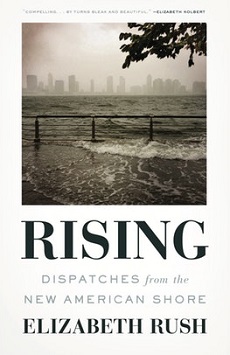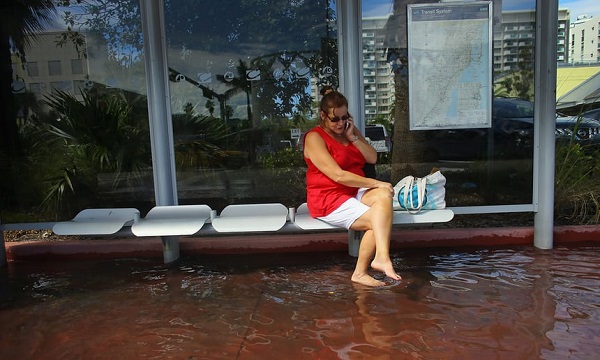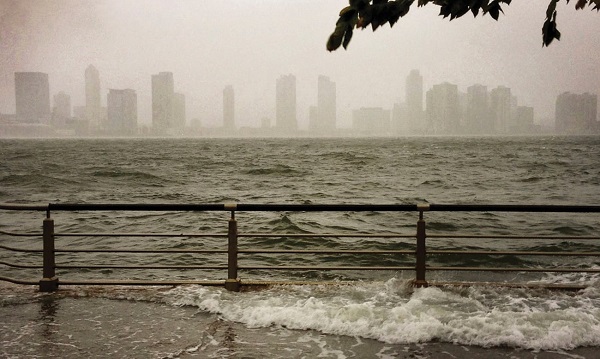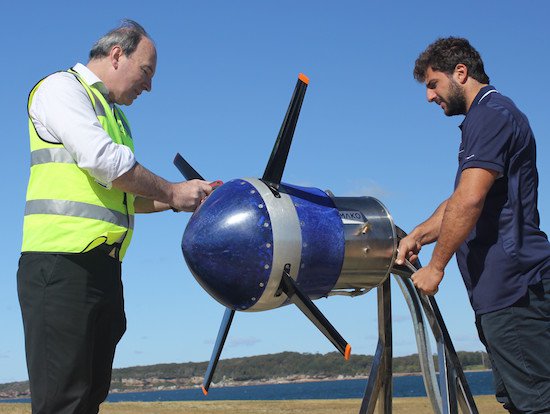1. Rising: Dispatches from the New American Shore, by Elisabeth Rush
 A review by Dave Hage at Star Tribune of Elizabeth Rush’s new book Rising: Dispatches from the New American Shore says it is “a lovely and thoughtful book, so lyrical that you forget how much science it delivers.”
A review by Dave Hage at Star Tribune of Elizabeth Rush’s new book Rising: Dispatches from the New American Shore says it is “a lovely and thoughtful book, so lyrical that you forget how much science it delivers.”
- Rush, who teaches creative nonfiction at Brown University, has chosen to examine climate change through the lens of American places and people devastated by rising seas and higher temperatures. Reading her book is like learning ecology at the feet of a poet rather than a scientist.
At goodreads we are told:
-
At once polyphonic and precise, Rising is a shimmering meditation on vulnerability and on vulnerable communities, both human and more than human, and on how to let go of the places we love.
Rush has written two articles for The Guardian:
- Rising seas: ‘Florida is about to be wiped off the map’
Meet America’s new climate normal: towns that flood when it isn’t raining
Harold Wanless, or Hal, chair of the geology department of the University of Miami:
- “The rate of sea level rise is currently doubling every seven years, and if it were to continue in this manner, Ponzi scheme style, we would have 205 feet [62.5m] of sea level rise by 2095,” he says. “And while I don’t think we are going to get that much water by the end of the century, I do think we have to take seriously the possibility that we could have something like 15 feet [4.57m] by then.”
20 years ago this used to happen about once, maybe twice a year. Now it’s the new normal:

A full moon can see the streets brimming with water.
There is a lot of real estate in Florida vulnerable to a few feet of sea level rise:

Trump’s Mar-a-Lago resort is not exempt:

“Extreme” in this case means 10 to 12 feet.
2. Climate signals
The site Climate signals appears to concentrate on the US and the Northern Hemisphere.
- Carbon dioxide levels hit an all-time monthly high in May
- The US set records for warmest 3, 4, and 5-year periods
May average peaked at 411.31 ppm.
-
The rate of growth averaged about 1.6 ppm per year in the 1980s, and 1.5 ppm per year in the 1990s, but it has climbed to 2.3 ppm between 2016 and 2017.
That was the sixth straight year-to-year increase above 2 ppm.
The 2017 Atlantic hurricane season was the most active season since 1936
It produced 17 named storms, 10 hurricanes and six major hurricanes, including three Category 4 hurricanes that made landfall in the United States: Hurricanes Harvey, Irma, and Maria. The 2018 season is forecast to be slightly above-average according to the hurricane forecasting team at Colorado State University (CSU). The forecast also indicated a greater than 60 percent chance of a major hurricane hitting the US coastline.
Elsewhere, I have this one from February:
- ‘Beast from the East’ sweeps across Europe as Arctic warming brings freak weather
- A freak warming around the North Pole [sent] a blast of Arctic cold over Europe in a sign of “wacky” weather that may happen more often with man-made global warming.
It’s a case of warmer than usual Arctic weather turning up further south than usual to the discomfort of the populations living there. Here is the Colosseum in Rome:

My impression is that it is uncommonly warm over there this summer.
3. Biogas from waste can oust fossil fuels
I really don’t know whether this is a good idea, but the Swedes and the Swiss are experimenting with agricultural and forestry waste to produce biogas.
The Swedes are experimenting with straw briquettes and pellets to see if straw could be broken down into biogas by microbes in a digester. Scientists have concluded it can work well, even better when mixing it with other wastes − for example from food.
The Swiss are looking at forestry waste plus:
- farmyard manure, organic waste, sewage sludge and by-products of agricultural crops such as straw, all of which contain valuable energy.
They found that it was theoretically possible to produce 19% of Switzerland’s total energy consumption from biofuels − equivalent to 4.8 million tonnes of crude oil.
However, not all is accessible, so it may end up providing roughly 9% of Switzerland’s gross energy consumption.
4. Evaporation could offer renewable energy
US scientists believe natural evaporation could provide most of the electricity used by the US and also save about one fifth of the water it uses:
- The flow of water vapour into the atmosphere – it happens wherever there is liquid water – could generate up to 325 gigawatts. This is 69% of the nation’s annual electrical generation. The same process could save about 25 trillion gallons of water every year. This is about one fifth of US water consumption.
It works through an ‘evaporation engine’.
Just one problem – they’ve only done it in the lab so far.
5. Tidal power to be trialled in Queensland coal port
That’s Gladstone. It is also where the Surat Basin coal seam gas is compressed into LNG and exported. Used to be a fishing village when I were a boy.
Renewable tidal energy technology is set to be tested in one of Australia’s biggest coal ports in Gladstone, Queensland, marking the latest development in that region’s rapid shift to renewables that has been led by a number of significant utility-scale solar projects.
Sydney-based MAKO Tidal Turbines (MTT) and Gladstone Ports Corporation (GPC) say they are set to undertake a six month tidal turbine demonstration at the port, to investigate how tidal power could contribute to Australia’s future energy mix.
It’s an Arena project led by the Australian Maritime College at the University of Tasmania, in partnership with CSIRO, the University of Queensland and industry partners.
The project will create an online atlas mapping tidal energy nationwide to the nearest 500 metres. The project will also involve a full feasibility study of two high potential sites, and modelling of existing tidal energy devices at these sites.
MAKO says:
- its technology has the advantage of being able to be driven by rivers, canals and ocean currents and, given tidal flows can be accurately forecast years in advance, of offering a reliable source energy, suitable for grid integration or coupling with battery storage.



Meanwhile, Trump is trying to prop-up the moribund US coal and nuclear power industries. At Resilience.org is a re-posted article by Curt Cobb, headlined Is the decline of coal a national security problem?, link here.
There’s an interesting comment from Alice Friedemann below the article that includes:
See: http://energyskeptic.com/2016/coal-powder-river-basin-just-40-years-reserves/
Yesterday, former PM, Tony Abbott, had his fortnightly chat on Radio 2GB with guest host Mark Levy (Ray Hadley is on leave), link here to podcast.
Abbott said (per podcast, from time interval 4:23):
This morning, I rang Tony Abbott’s Manly electoral office and drew a staffer’s attention to Lazard’s Levelized Cost of Energy Analysis – Version 11.0, published in Nov 2017, that shows on page 2, that unsubsidised wind and solar-PV technologies are now cheaper than coal and nuclear power, contradicting Abbott’s on-air claims that coal is the “cheapest, and the most reliable form of power“.
I also tried to draw attention to the YouTube video titled 2017 CURF Annual Forum – Andrew Blakers keynote, but by that stage I gained the distinct impression that the staffer didn’t want to know, and the call was terminated.
Cant quite see how large scale evap would provide power.
John, it’s counterintuitive. I think it depends on how the ‘evaporation engine’ actually works.
Posted today at CrudeOilPeak.info is an analysis of whether Saudi Arabia can meet Trump’s request to pump more oil, link here. There are lots of stats there. The conclusion is a cracker:
Bring on the widespread deployment of electric vehicles – the sooner, the better.